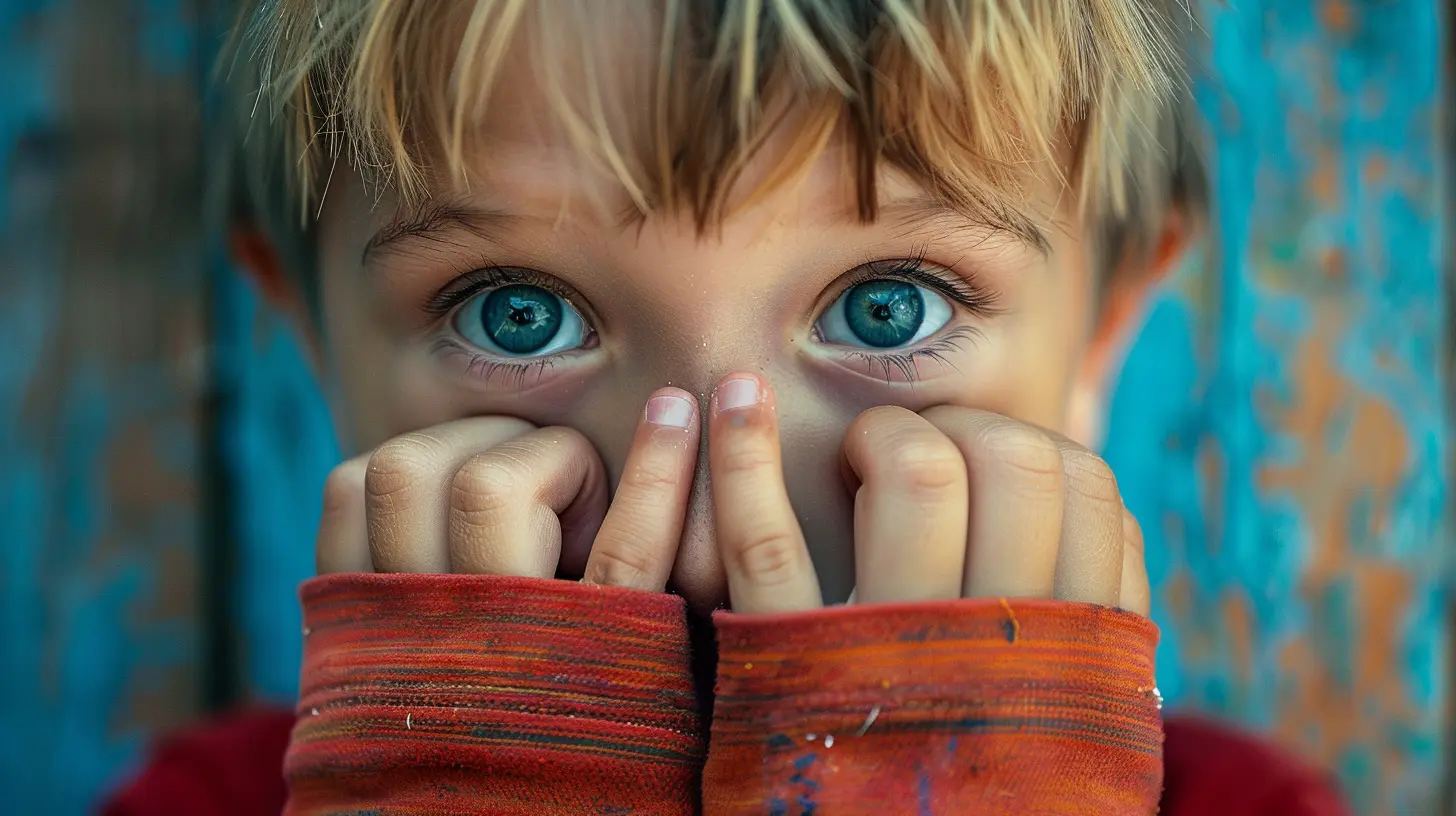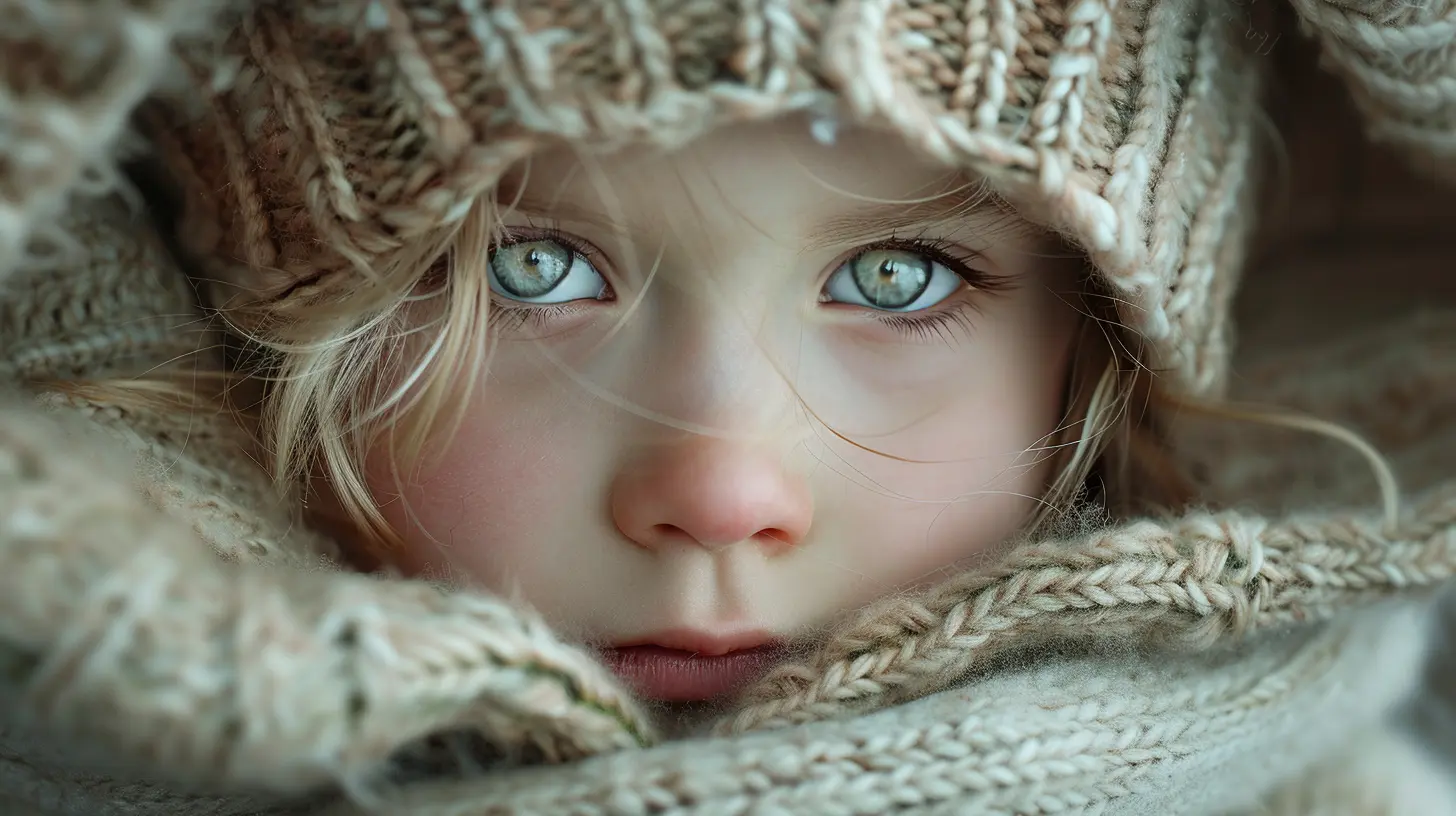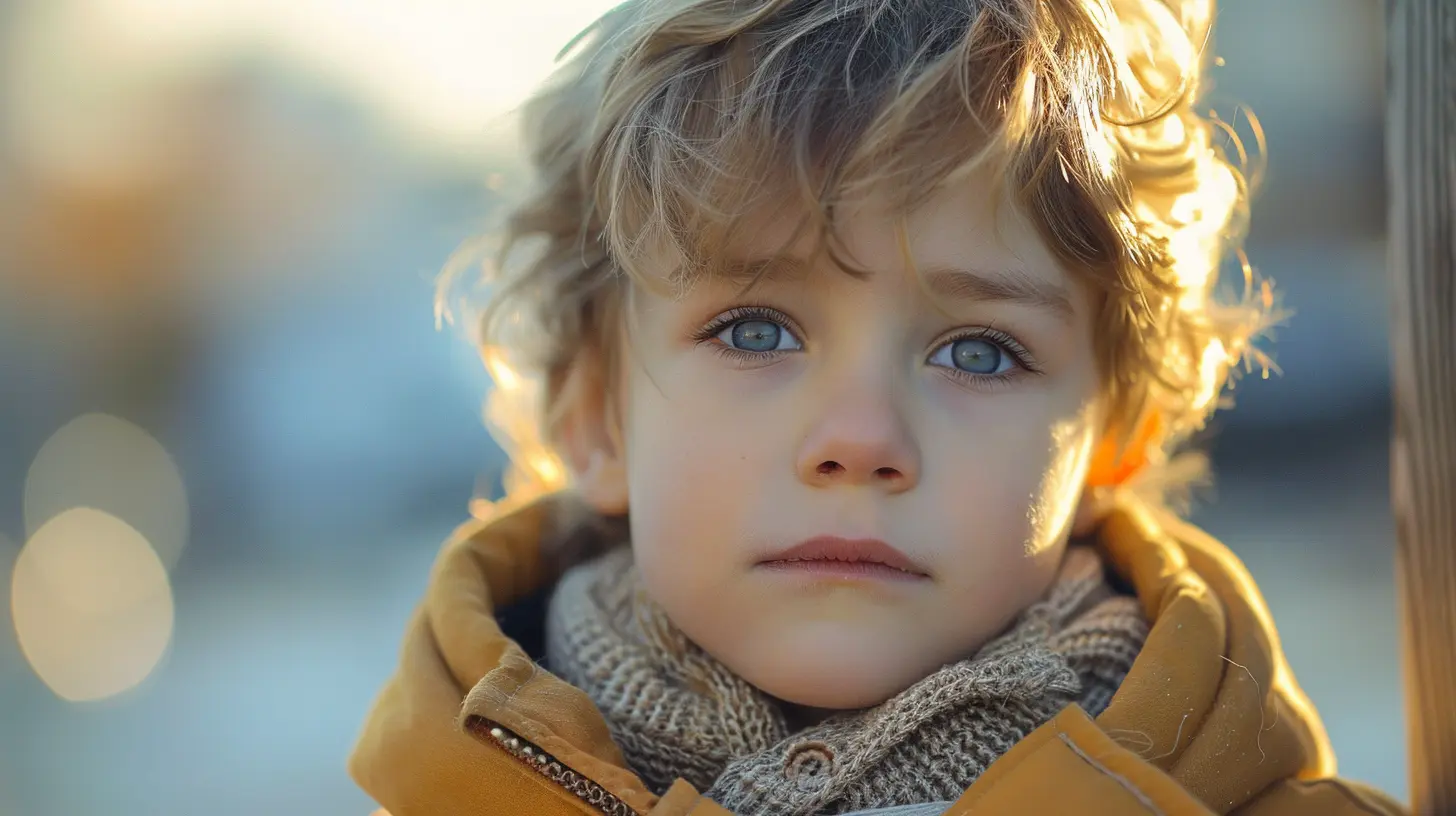Helping Children Cope with Big Emotions
27 June 2025
Let’s be real—big emotions in little kids can feel overwhelming, not just for them but for us parents too. One moment they’re laughing, the next they’re kicking the couch because their banana broke in half. Sound familiar? If you've ever felt helpless watching your child melt down over something seemingly minor, you're not alone. All kids feel big emotions—what matters is how we help them manage those feelings in healthy, supportive ways.
In this article, we’ll dive deep into helping children cope with big emotions. We’ll break it all down into easy-to-follow steps, strategies, and insights that work in real life—because parenting isn't about perfection, it's about connection.
What Are “Big Emotions,” Anyway?
Children experience emotions just like adults, but with one big difference—they don’t have the tools yet to regulate them. What we see as a tantrum might actually be frustration, fear, sadness, or even excitement bubbling over. These "big emotions" are intense feelings that overwhelm a child's ability to cope.Think of it like this: imagine you're holding a soda can and shaking it like crazy. Now pop the top. Yep… that explosion? That's how emotions can feel to a kid—not fun, not controlled, and definitely messy.
Why Emotional Development Matters
Before we get into the how, it helps to know the why. Emotional development is just as important as learning to read or multiply. Kids who learn how to handle their emotions tend to:- Have better relationships
- Do better in school
- Make healthier choices
- Have higher self-esteem
Helping kids handle emotions isn't just about avoiding meltdowns now—it’s about setting them up for success in the long run.
Signs Your Child Is Struggling with Big Emotions
Not all emotional struggles look like tantrums. Here are a few subtle (and not-so-subtle) signs that your child might be having a hard time:- Frequent crying or yelling
- Frustrating quickly over little things
- Withdrawing from activities they usually enjoy
- Trouble sleeping
- Clinginess or fearfulness
- Physical symptoms like stomachaches or headaches
Every child is different. Some wear their emotions on their sleeves, while others bottle them up. The key is paying attention to changes in behavior and being curious, not judgmental.
Step 1: Make Emotions Safe to Talk About
First things first: kids need a safe space to feel and express their emotions. This means we have to welcome their feelings—even the tough, ugly, uncomfortable ones.Here’s how to create that emotional safe space:
- Let them know it’s okay to feel mad, sad, or scared.
- Avoid shaming language like “Stop crying!” or “You’re being dramatic.”
- Use phrases like “It’s okay to feel upset. I’m here with you.”
- Show them that emotions are normal—not something to hide or be ashamed of.
Think about it—if we don’t let kids talk about their emotions now, how will they manage them later as teens or adults?
Step 2: Label Emotions in the Moment
Ever feel like your child is just a bundle of feelings with no words? That’s because they often are. Most young kids don’t have the vocabulary to express what they’re going through. That’s where emotion labeling comes in.Try saying things like:
- “You look really frustrated right now.”
- “I see you’re feeling sad because your toy broke.”
- “It seems like you’re mad that we have to leave the playground.”
By naming emotions, we help kids understand what they’re feeling, and that’s the first step to managing it. It’s like connecting their heart to their brain with words.
Step 3: Model Emotional Regulation
Here’s the hard truth: our kids learn how to manage emotions by watching us. If we yell when we’re angry or shut down when we’re stressed, they see that as a blueprint.No pressure or anything, right?
But here's the good news: we don’t have to be perfect. What helps most is showing them how we handle our own emotions—imperfectly, yet intentionally.
Model it by saying:
- “I’m feeling really overwhelmed, so I’m going to take a deep breath.”
- “I’m frustrated, but I’m trying to calm down before I speak.”
- “I need a moment to cool off.”
This teaches them it’s okay to feel—and shows them what to do with those feelings.
Step 4: Teach Coping Strategies That Stick
Now that we’ve validated their feelings and labeled them, let’s give them tools to manage those emotions in healthy ways. You wouldn’t hand a child a puzzle without the pieces, right? Same goes for emotional regulation.Here are kid-friendly coping tools:
- Deep Breathing: Pretend to blow up a balloon or smell a flower and blow out a candle. Fun and effective.
- Movement: Jumping jacks, dancing, or running can burn off those big feelings.
- Quiet Time: A cozy corner with books, stuffed animals, or calming music can help reset their mood.
- Drawing or Coloring: Creative outlets can give emotions a place to land.
- Talking It Out: Sometimes just chatting helps release the emotional pressure.
Make it a game, a routine, or something fun. The more they practice, the more naturally it becomes part of their emotional toolkit.
Step 5: Keep Communication Open
Helping our kids cope with big emotions isn’t a one-time chat—it’s a lifelong conversation. And like any relationship, the foundation is built day by day.- Ask questions like: “What was the hardest part of your day?”
- Be available even when they’re not ready to talk yet.
- Share your own feelings (age-appropriately) so they see expression as a two-way street.
When communication is open, emotions don’t build up like a pressure cooker. Instead, they get released little by little, in healthy, manageable ways.
Step 6: Set Boundaries with Compassion
So yes, emotions should be accepted—but that doesn’t mean all behavior is okay. You can validate feelings and still hold firm limits.Try this simple formula:
> “It’s okay to feel _[emotion]_, but it’s not okay to _[behavior]_. We can _[solution]_ instead.”
Example: “It’s okay to feel angry, but it’s not okay to hit. You can stomp your feet or squeeze a pillow instead.”
Boundaries help kids feel safe. They learn that while emotions are big, they’re not in charge of their behavior.
Step 7: Use Books and Stories to Teach Emotion Skills
Kids love stories—and stories are powerful tools for emotional learning. Books can be a mirror to reflect their own experiences, or a window to understand others.Look for books that talk about emotions with relatable characters and clear messages. Read them together and ask questions like:
- “How do you think that character feels?”
- “What would you have done?”
- “What helps you when you feel like that?”
Stories open up conversations and give your child language and emotional context in a fun, non-threatening way.
Step 8: Don’t Wait for the Meltdown
Here’s a little secret: the best time to teach emotional regulation is when your child isn’t upset. When they’re calm, their brain is open to learning. Use these calm moments to:- Practice coping tools
- Revisit tough situations and talk about what could help next time
- Role-play scenarios
- Build emotional vocabulary
Think of it like fire drills—you don’t want to figure things out mid-crisis. Practice when the emotional weather is sunny.
When to Get Extra Help
Sometimes, emotions are too big to handle alone. If you notice ongoing struggles that affect your child’s daily life, relationships, or school, it might be time to check in with a pediatrician or child therapist.There’s absolutely zero shame in getting professional support. In fact, it shows strength. You’re giving your child the tools, support, and structure they need to thrive.
Final Thoughts
Parenting kids through their big emotions isn’t always easy—but it is worth it. Each meltdown is a moment to teach empathy, emotional strength, and connection. Instead of trying to “fix” their feelings, we get to walk through them hand-in-hand, guiding our little ones toward emotional resilience.Just remember: They don’t need perfect parents. They need present ones. You’ve got this.
all images in this post were generated using AI tools
Category:
Child DevelopmentAuthor:

Kelly Snow
Discussion
rate this article
2 comments
Naya Holland
Thank you for this insightful article! It beautifully highlights the importance of acknowledging children's big emotions and provides practical strategies for parents. I appreciate the emphasis on open communication and understanding—such essential tools for fostering emotional resilience in our little ones.
November 7, 2025 at 5:37 PM
Knox Jimenez
In a world where tiny hearts feel colossal storms, unlocking the secrets of emotional resilience could be the key to transforming turbulent tides into gentle waves of understanding and connection.
July 1, 2025 at 3:51 PM

Kelly Snow
Thank you! I completely agree—helping children understand and navigate their emotions can indeed turn overwhelming feelings into opportunities for growth and connection.


